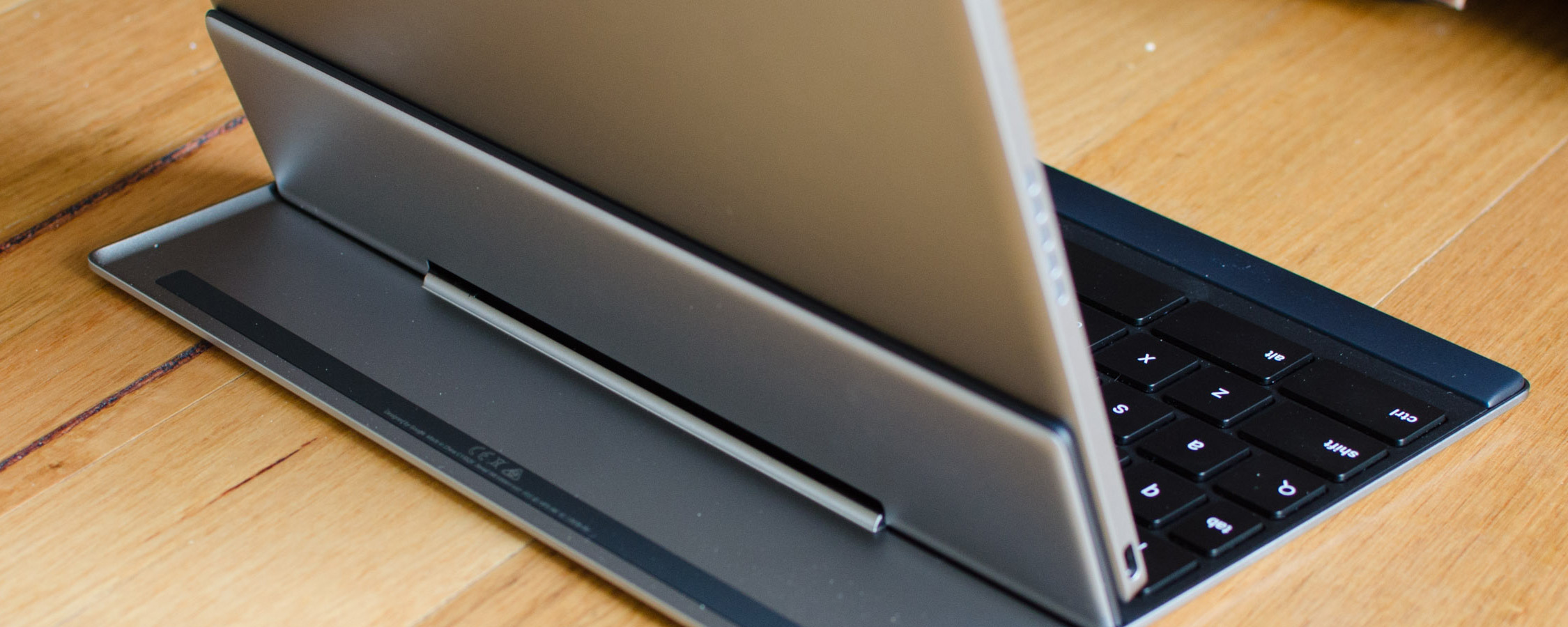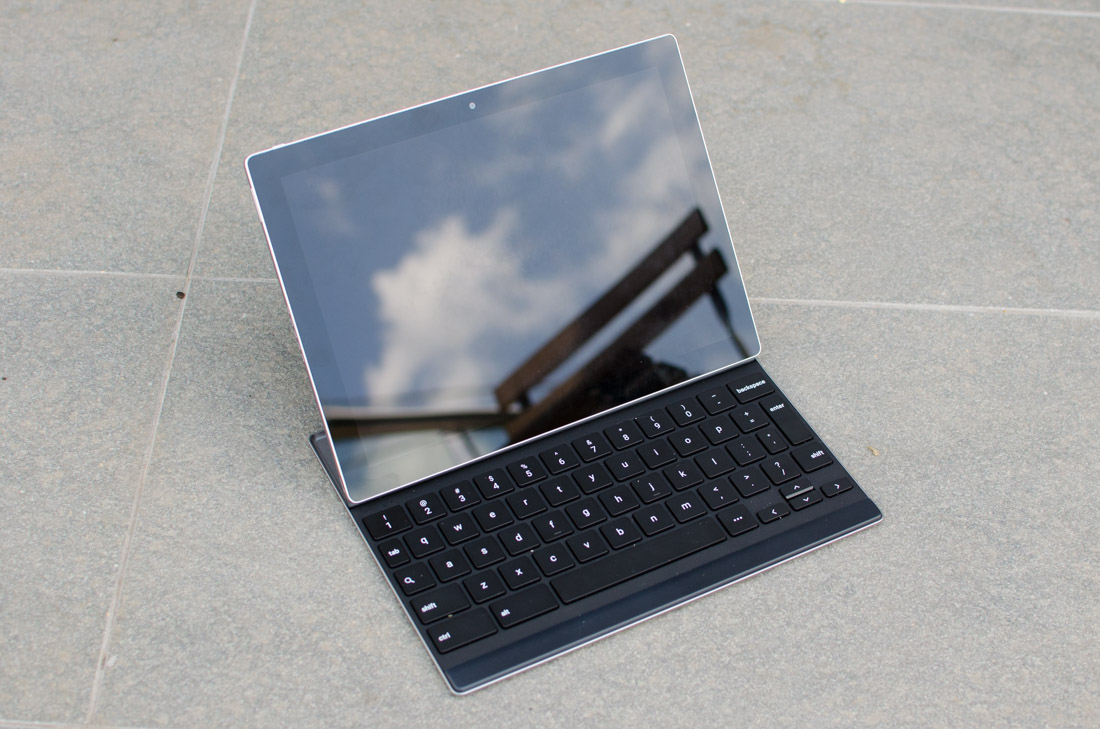Wrap Up: Who is it for?
There is no doubt that the Pixel C is a great piece of hardware. Google's first in-house tablet includes a great selection of high-end parts, encased in a beautiful metal body. It's not the lightest 10-inch tablet, but the choice to use premium, attractive materials is a good one.
Part of that excellent hardware package is the display. With a pixel density exceeding 300 PPI and an aspect ratio close to 4:3, it makes for a great viewing experience. Reading text is a particular joy, but it's also well suited to display imagery thanks to fantastic color performance. The aspect ratio isn't as good for watching video, although it does make the tablet easier to hold and operate in both orientations.
With more than four million pixels to power, we liked the choice of Nvidia's Tegra X1. The GPU in this SoC is the fastest I've seen in an ARM device, absolutely crushing both benchmarks and games. The CPU is also decently powerful, making the Pixel C suitable for pretty much any task you throw at it. Like other recent Google devices, mandatory encryption hurts NAND speeds, but that's the only real knock on the tablet's performance.
Where the Pixel C falls down is its use as a laptop. Google is clearly marketing this tablet as suitable for productivity-focused tasks, but the keyboard cover accessory is not up to scratch in any way. The method for attaching the keyboard to the tablet is awkward and unnecessarily complex, and the layout of the keyboard is far from perfect. The lack of a trackpad or standard Android navigation keys hurts its usability as well, especially compared to the excellent Surface Type Cover.
But it's not just the keyboard that makes the Pixel C generally unsuitable for any real work. Android itself is simply not set up for quick multi-tasking, it doesn't support split-screen apps or windows, meaning you can only run one app at a time, which is hugely restrictive when you're attempting to work on the tablet.
If you don't plan on using the Pixel C for productivity though, you'll be happy to know there's a great selection of games in the Play Store, and the hardware in this tablet is well suited to play them. Other apps aren't as solid on Android for tablets, although the situation seems to be improving ever so slowly.
The price of the Google Pixel C - $499 for the 32 GB variant, and $599 for 64 GB - is on-par with competing tablets. Both the iPad Air 2 and Samsung Galaxy Tab S2 sell for the same price, and each device has its own strengths.
Personally I would opt for the iPad Air 2 considering its better software offering, though the Pixel C is still one of the best Android tablets available. The Pixel C keyboard retails for a ludicrous $149 and there is no universe in which I'd ever recommend purchasing it for that price.
The Pixel C is simply not a decent productivity device, despite what Google would like to think or tell you, so I'd only recommend purchasing it as a standalone device, and only if you're content with what Android has to offer from an app, game, and tablet entertainment standpoint.
score
Pros: Excellent tablet hardware, from the powerful Tegra X1 SoC, to the high-resolution display and metal-clad body.
Cons: Android is not well suited to productivity. The optional keyboard accessory is awkward, expensive, and generally terrible.



